How a Seattle Sustainable Architecture Firm Can Reduce Your Home’s Carbon Footprint
In the heart of the Pacific Northwest, Seattle stands as a beacon for sustainable living. With its lush landscapes and eco-conscious community, the city has become a hub for green innovation. At the forefront of this movement are Seattle sustainable architecture firms, dedicated to designing homes that not only blend seamlessly with the environment but also actively reduce carbon footprints. By integrating cutting-edge technologies, sustainable materials, and innovative design principles, these firms are transforming the way we think about residential architecture.
Embracing Passive Design Principles
Passive design is a cornerstone of sustainable architecture. By harnessing natural elements, architects can create homes that maintain comfortable temperatures year-round without excessive energy use. In Seattle, where the climate can be both damp and chilly, passive design strategies are particularly effective.
- Orientation and Layout: Positioning a home to maximize southern exposure allows for increased solar gain during the winter months.
- Thermal Mass: Incorporating materials like concrete or stone can absorb heat during the day and release it at night, reducing the need for artificial heating.
- Natural Ventilation: Strategically placed windows and vents promote airflow, reducing reliance on air conditioning during warmer periods.
Utilizing Sustainable Building Materials
The choice of building materials plays a significant role in a home’s environmental impact. Opting for sustainable, locally-sourced, and low-emission materials can drastically reduce a home’s carbon footprint.
- Reclaimed Wood: Using salvaged timber not only gives materials a second life but also reduces the demand for new lumber, preserving forests.
- Low-VOC Paints and Finishes: Selecting low-VOC options ensures better indoor air quality and lower emissions.
- Recycled Insulation: Materials like recycled denim or cellulose insulation provide effective thermal barriers while minimizing environmental impact.
Integrating Renewable Energy Solutions
Harnessing renewable energy sources is pivotal in reducing a home’s carbon emissions. Seattle’s sustainable architecture firms often incorporate renewable technologies to create energy-independent homes.
- Solar Panels: Modern solar panels are efficient enough to generate significant energy even on cloudy days.
- Geothermal Heating and Cooling: Geothermal systems provide efficient climate control year-round using the earth’s stable temperatures.
- Rainwater Harvesting: Collecting and utilizing rainwater reduces the demand on municipal water supplies and promotes self-sufficiency.
Implementing Smart Home Technologies
Modern technology offers tools to monitor and reduce energy consumption effectively. Seattle’s sustainable architecture firms often integrate smart systems to optimize home performance.
- Smart Thermostats: Devices like the Ecobee learn homeowners’ habits and adjust heating and cooling for maximum efficiency.
- Energy Monitoring Systems: These provide real-time data on energy usage, helping homeowners identify and address inefficiencies.
- Automated Lighting: Motion sensors and timers ensure lights are only on when needed, reducing unnecessary energy consumption.
Prioritizing Water Conservation
Water conservation is another critical aspect of sustainable home design. Seattle’s architecture firms employ various strategies to minimize water usage.
- Low-Flow Fixtures: Installing faucets, showerheads, and toilets designed to use less water without compromising performance.
- Drought-Resistant Landscaping: Choosing native plants that require minimal irrigation reduces water consumption and supports local ecosystems.
- Greywater Systems: Recycling water from sinks and showers for use in landscaping or toilet flushing.
Enhancing Indoor Environmental Quality
A sustainable home isn’t just about energy efficiency; it’s also about creating a healthy living environment. Seattle’s sustainable architecture firms focus on enhancing indoor environmental quality through:
- Natural Lighting: Maximizing daylight reduces the need for artificial lighting and improves occupants’ well-being.
- Improved Air Quality: Using materials that emit fewer pollutants and incorporating ventilation systems that filter and circulate fresh air.
- Acoustic Comfort: Designing spaces to minimize noise pollution, creating a more peaceful living environment.
Conclusion
Reducing a home’s carbon footprint is a multifaceted endeavor that requires thoughtful design, innovative technologies, and a commitment to sustainability. Seattle’s sustainable architecture firms, like Coates Design, are leading the way in crafting homes that are not only environmentally responsible but also tailored to the unique needs of their inhabitants. By embracing these principles, homeowners can enjoy spaces that are comfortable, efficient, and in harmony with the natural world.

